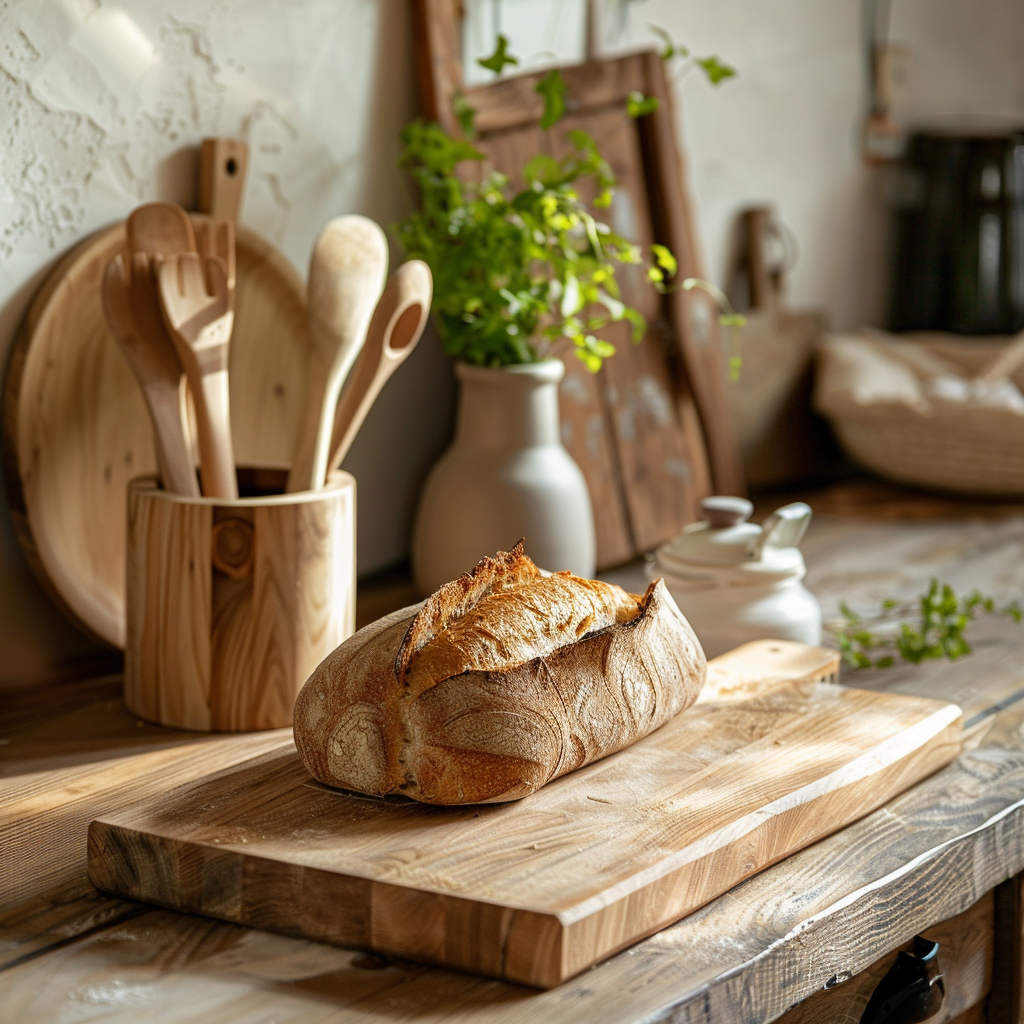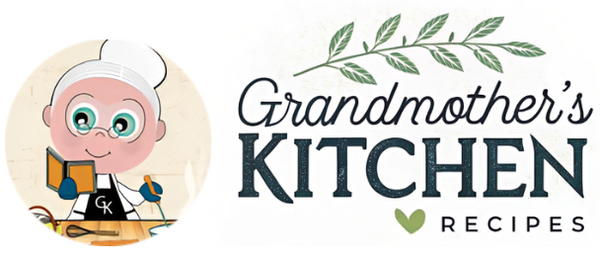Top 10 Cleaning and Caring Solutions for Wooden Kitchen Cutting Boards and Utensils

Share
Top 10 Cleaning and Caring Solutions for Wooden Kitchen Cutting Boards and Utensils
Wooden kitchen utensils and cutting boards are essential tools in any kitchen. They are durable, aesthetically pleasing, and have natural antimicrobial properties. However, they require proper care to maintain their longevity and hygiene. Below are the top 10 cleaning and caring solutions for wooden kitchen cutting boards and utensils, along with general cleaning tips for other types of cutting boards and information about the types of wood commonly used.
1. Regular Washing with Warm, Soapy Water
Tip: After each use, wash wooden utensils and cutting boards with warm water and mild dish soap. Rinse thoroughly and dry immediately with a clean towel.
Why It Works: This method removes food particles and bacteria without soaking the wood, preventing cracks and warping.
2. Avoid Soaking in Water
Tip: Never soak wooden utensils and cutting boards in water, as prolonged exposure can cause swelling and cracking.
Why It Works: Keeping wooden tools dry preserves their integrity and prevents water damage.
3. Use Vinegar for Disinfecting
Tip: Disinfect wooden cutting boards by wiping them with a cloth soaked in white vinegar. Let it sit for a few minutes before rinsing and drying.
Why It Works: Vinegar is a natural disinfectant that kills bacteria without damaging the wood.
4. Baking Soda for Stain Removal
Tip: Sprinkle baking soda on the surface, scrub with a damp cloth, and rinse thoroughly to remove stains and odors.
Why It Works: Baking soda is a mild abrasive that effectively removes stains and absorbs unwanted odors.
5. Lemon and Salt for Deep Cleaning
Tip: Sprinkle coarse salt on the board or utensil, then scrub with half a lemon. Let it sit for a few minutes, rinse, and dry thoroughly.
Why It Works: The acidity of lemon disinfects, while the salt scrubs away residue and stains.
6. Oil Regularly to Prevent Drying and Cracking
Tip: Apply food-grade mineral oil or beeswax to wooden utensils and cutting boards regularly. Allow the oil to soak in and wipe off any excess.
Why It Works: Oiling keeps the wood moisturized, preventing cracks and splits, and provides a protective moisture barrier.
7. Avoid Harsh Detergents and Dishwashers
Tip: Do not use harsh detergents or place wooden utensils and cutting boards in the dishwasher.
Why It Works: Gentle cleaning preserves the wood's natural properties and prevents heat damage or warping.
8. Store in a Dry, Well-Ventilated Area
Tip: Store wooden utensils and cutting boards in a dry area with good airflow. Avoid closed, humid spaces.
Why It Works: Proper storage prevents mold growth and maintains the wood's integrity.
9. Use Separate Boards for Different Foods
Tip: To prevent cross-contamination, use different cutting boards for raw meats, vegetables, and cooked foods.
Why It Works: This helps maintain hygiene by preventing the spread of bacteria from raw meats to other foods.
10. Sanding for a Fresh Surface
Tip: If your wooden cutting board develops deep cuts, sand it down with fine-grit sandpaper to create a smooth surface. Clean and oil the board afterward.
Why It Works: Sanding removes bacteria trapped in grooves, giving the board a renewed, safe surface for food preparation.
Types of Wood Used for Kitchen Utensils and Cutting Boards
1. Maple
- Characteristics: Durable hardwood with fine, even texture and natural antibacterial properties.
- Usage: Ideal for cutting boards and butcher blocks due to its hardness and resistance to wear.
2. Walnut
- Characteristics: Rich, dark hardwood with a fine, smooth grain.
- Usage: Often used for high-end cutting boards and utensils because of its attractive appearance and strength.
3. Cherry
- Characteristics: Beautiful reddish-brown wood that darkens with age, developing a rich patina.
- Usage: Used for cutting boards and utensils due to its moderate hardness and aesthetic appeal.
4. Bamboo
- Characteristics: Sustainable, eco-friendly, and naturally antibacterial.
- Usage: Popular for cutting boards and utensils due to its durability and environmental benefits.
5. Beech
- Characteristics: Light-colored wood with a tight, uniform grain, resistant to cuts and scratches.
- Usage: Commonly used for cutting boards and wooden spoons due to its strength and smooth surface.
6. Teak
- Characteristics: Tropical hardwood with natural oils that make it resistant to water and decay.
- Usage: Ideal for cutting boards and utensils used in wet environments due to its moisture resistance.
General Cleaning Tips for Other Types of Cutting Boards
Plastic Cutting Boards
Tip: Plastic cutting boards can be cleaned in the dishwasher. For hand cleaning, use hot, soapy water and a scrub brush.
Why It Works: Plastic boards are non-porous and can withstand the high heat of dishwashers, making them easy to sanitize.
Bamboo Cutting Boards
Tip: Like wooden boards, bamboo boards should be washed with warm, soapy water and oiled regularly.
Why It Works: Bamboo is naturally antimicrobial but benefits from regular oiling to prevent cracking.
Glass Cutting Boards
Tip: Wash glass cutting boards with hot, soapy water or place them in the dishwasher.
Why It Works: Glass is non-porous and easy to clean but can dull knives over time.
Proper care and maintenance of wooden kitchen utensils and cutting boards will extend their lifespan and ensure they remain safe for food preparation. By following these top 10 cleaning and caring solutions, you can keep your wooden tools in excellent condition. Understanding the properties of different woods helps you choose the best materials for your needs, and applying appropriate cleaning methods to all cutting boards ensures a hygienic kitchen environment. Regular maintenance preserves the functionality and appearance of your kitchen tools while promoting a healthier cooking space.


